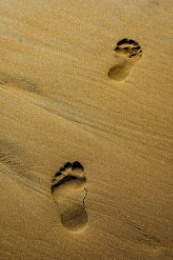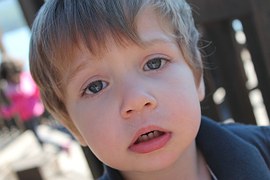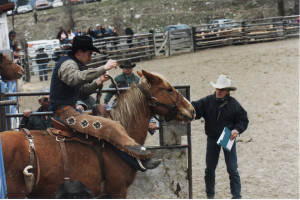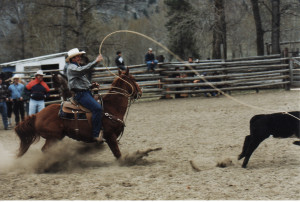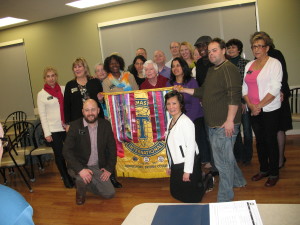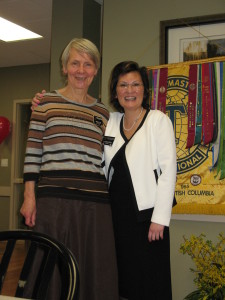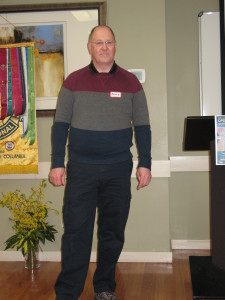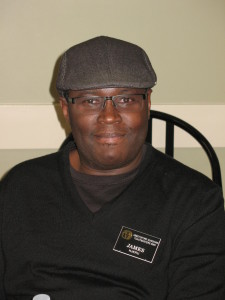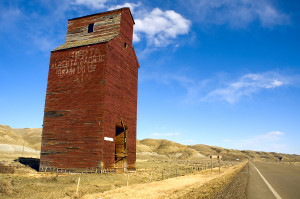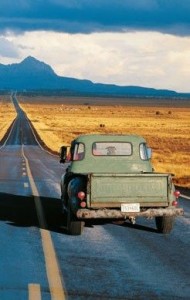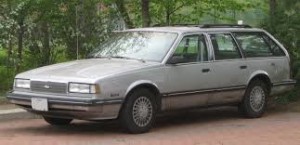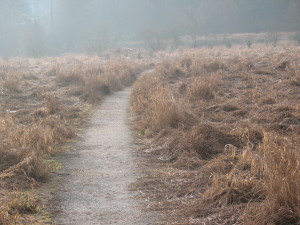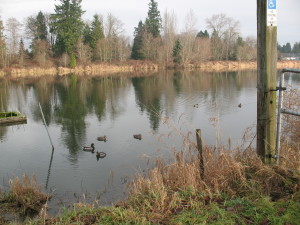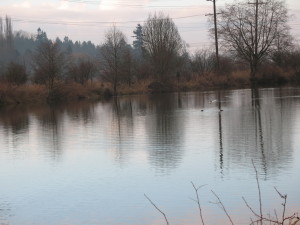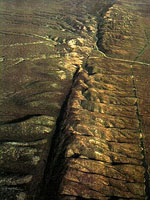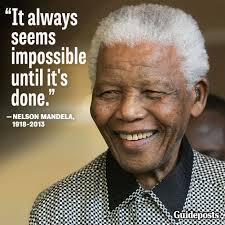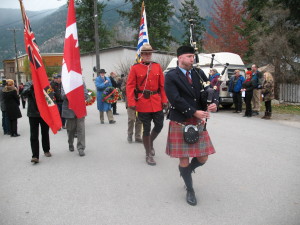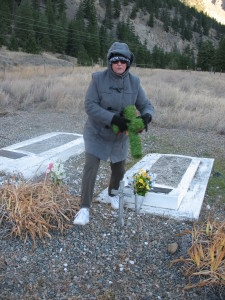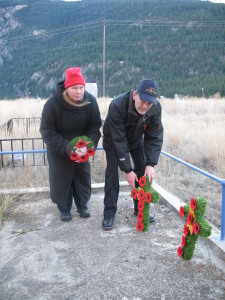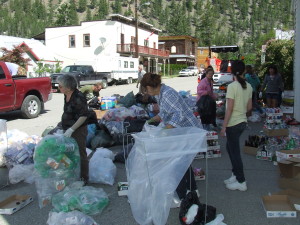Linda and I both grew up in a Mennonite church. As a kid I was

reluctant to attend a service on Good Friday but it was what our family did. Good Friday services seem to be somewhat rare now, but the little church in Hedley did have one this year. Derek Lilly, a professional electrician and former Fire Chief spoke. He challenged us with “something to think about” and kept it to a decent length, something I still appreciate.
On a purely intellectual level I consider it an improbability that the God who created the universe and humankind would send his Son to die for beings he deemed to be sinful. For me, accepting this has required a huge leap across an intellectual chasm. However, the improbability of it is also uncannily appealing, at least for me. It’s a “scheme” to which I could not sacrifice either my son or daughter. It’s such an incredible plan that after dealing with many doubts and misgivings over the years, I have come to accept that it actually happened.
Sunday morning we were at the Coast and decided to attend the Easter service at South Langley Church (Mennonite). The reason for this selection was that a former classmate, Joanne, attends there and we thought that with a little luck we might see her. It’s a large church so we knew it was a longshot. We were surprised to see her sitting in the row ahead of ours and just a little farther along. She recognized us immediately and waved.
After the service I asked if she had served with the Mennonite Disaster Service (MDS), something she mentioned in an e-mail last summer. She said she had cooked for the volunteers during the High River, Alberta flood and its aftermath. “I loved it,” she told us. We have only occasional contacts with former school friends, so this was special.
In the afternoon it was a family gathering on Linda’s side. The meals at these gatherings invariably have an unsettling effect on my resolve, and at times on my stomach. Our daughter Vivian had made her much loved dessert. Also Linda’s sister Leona had baked large apple pies. I sampled both desserts, with ice cream.
After the meal, the ladies decided to play Skippo as usual. They are an amazingly fanatical bunch and carry on for hours. Eventually it becomes tedious for us men. When Vivian and Troy decided to leave, I went with them.
While Linda was playing the game, I walked in a wooded area and
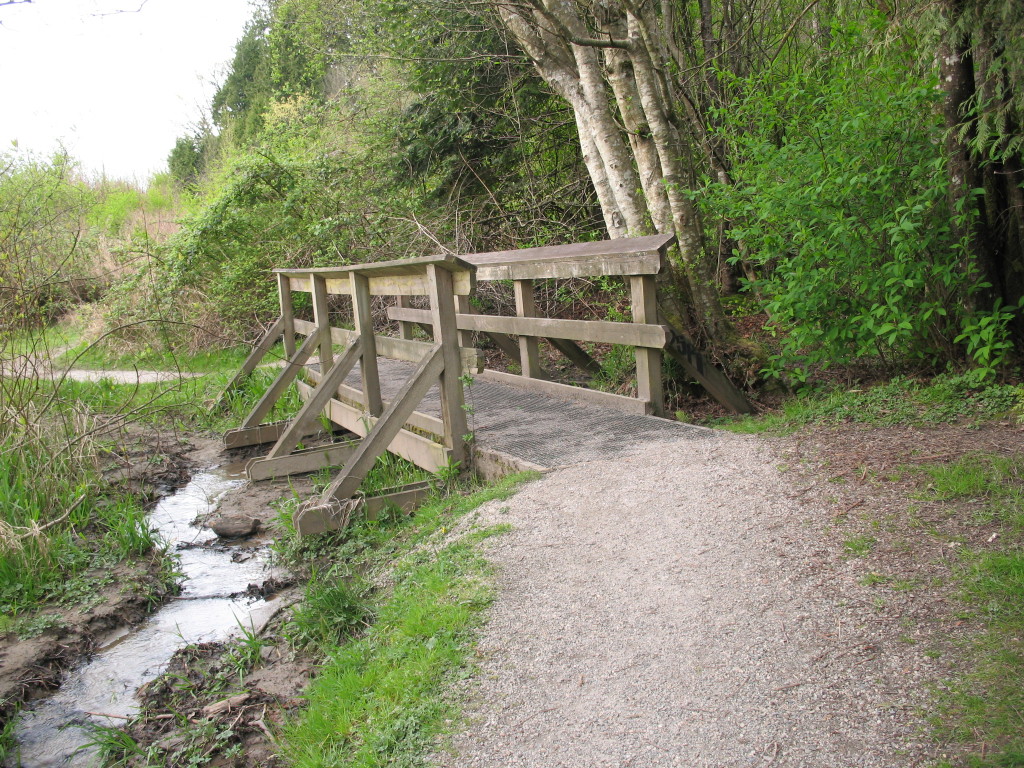
then across a wetlands and around a large man made duck pond. Fortunately, the path across the wetland had largely dried up. At times we’ve found it submerged under more than a foot of water. I’m very pleased the city is protecting this area from development. Had the camera with me and snapped a few shots.
I’m reluctant and somewhat embarrassed to admit that Monday evening I ate a slice of Costco apple pie, which I discovered in Vivian’s fridge . Pretty tasty, but not competition for Leona’s home made version. This was after a lunch gathering with my side of the family at sister Linda’s farm.
While we were at the Coast we stayed with Vivian, Troy and family, as usual. Both Brandon (15 and now almost 6 ft 5 in.) and Alexa are on basketball teams at school. Alexa began more recently but surprised and impressed me with her ability to sink 3 point shots. They used to ask me to play with them in their backyard, but I noticed with a bit of chagrin that this time there was no invitation. They have progressed too far beyond Grampa’s experience and ability. Possibly with a personal coach I’d be at least considered.
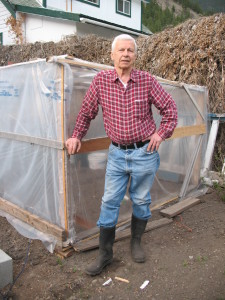 Tuesday morning it was time to get back to Hedley and attend to the chickens and the garden. I’ve constructed a greenhouse as an experiment to see if I can protect our kale, bok choy , cabbage, etc. from the predations of Cabbage Moths. Last year they reminded me of the grasshoppers in Egypt during Moses’ time. They just kept coming Chasing them down with a butterfly net had no discernible impact on their numbers. Time for a new strategy.
Tuesday morning it was time to get back to Hedley and attend to the chickens and the garden. I’ve constructed a greenhouse as an experiment to see if I can protect our kale, bok choy , cabbage, etc. from the predations of Cabbage Moths. Last year they reminded me of the grasshoppers in Egypt during Moses’ time. They just kept coming Chasing them down with a butterfly net had no discernible impact on their numbers. Time for a new strategy.
It was an enjoyable Easter weekend.

